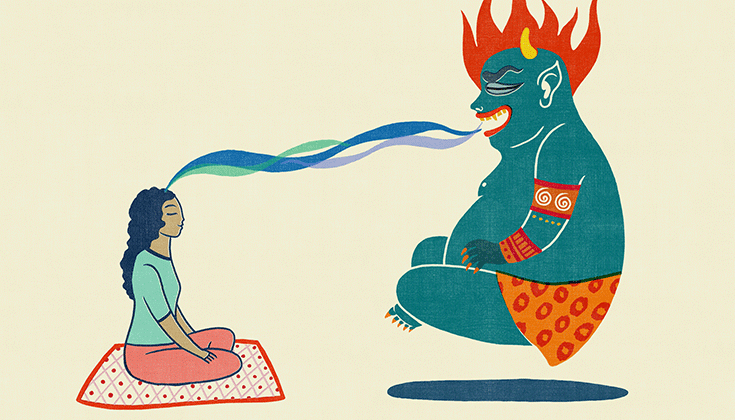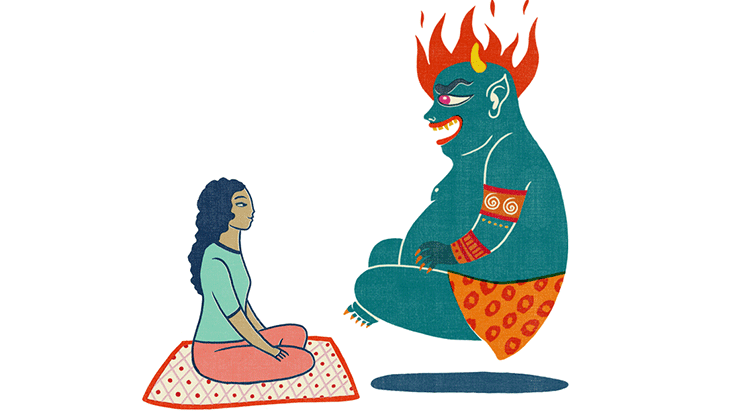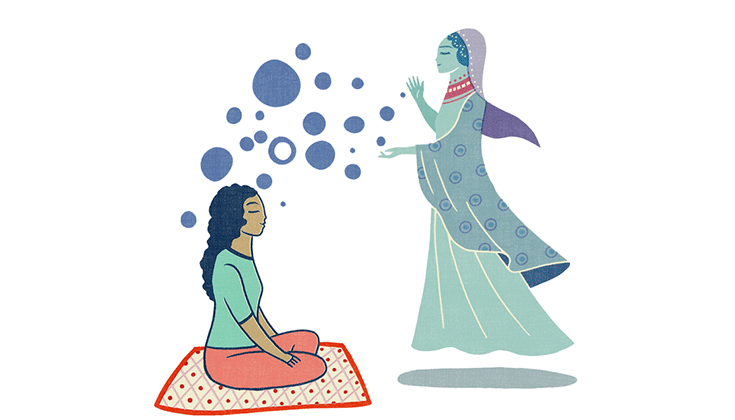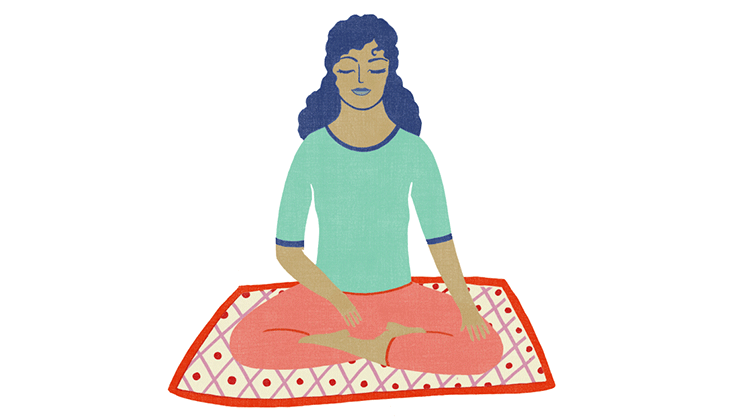The History of Halloween: Traditions Explained
(Mythology & Fiction Explained) Let's look at the history of Halloween (Hollow's Eve) and examine how it has changed over the years. Enjoy mythology and folklore and want to learn more? Consider subscribing to the channel to keep up-to-date with all the latest news and uploads.
The iconic “Easter Island heads,” or moai, are actually full-bodied but often partially buried statues that cover the island. There are almost a thousand of them, and the largest is over 70 feet tall.
Scientists hailing from UCLA, the University of Queensland, and the Field Museum of Natural History in Chicago believe that, much like Stonehenge, the process by which these monoliths were created is indicative of a collaborative society.
Their research was published in August 2018 in the Journal of Pacific Archaeology.
Study co-author and director of the Easter Island Statue Project Jo Anne Van Tilburg, Ph.D., is focused on measuring the visibility, number, size, and location of the moai. She tells Inverse that “visibility, when linked to geography, tells us something about how Rapa Nui, like all other traditional Polynesian societies, is built on family identity.”
Van Tilburg and her team say that understanding how these families interacted with the craftsmen who made the tools that helped create the giant statues is indicative of how different parts of Rapa Nui society interacted.
Previous excavations led by Tilburg revealed that the moai were created from basalt tools. In this study, the scientist focused on figuring out where on the island the basalt came from. Between 1455 and 1645 AD there was a series of basalt transfers from quarries to the actual location of the statues — so the question became, which quarry did they come from?
Chemical analysis of the stone tools revealed that the majority of these instruments were made of basalt that was dug up from one quarry. This demonstrated to the scientists that, because everyone was using one type of stone, there had to be a certain level of collaboration in the creation of the giant statues.
“There was more interaction and collaboration.”
“We had hypothesized that elite members of the Rapa Nui culture had controlled resources and would only use them for themselves,” lead author and University of Queensland Ph.D. candidate Dale Simpson Jr. tells Inverse. “Instead, what we found is that the whole island was using similar material, from similar quarries. This led us to believe that there was more interaction and collaboration in the past that has been noted in the collapse narrative.”
Simpson explains that the scientists intend to continue to map the quarries and perform other geochemical analysis on artifacts, so they can continue to “paint a better picture” about Rapa Nui’s prehistoric interactions.
After Europeans arrived on the island, slavery, disease, and colonization decimated much of Rapa Nui society — although its culture continues to exist today. Understanding exactly what happened in the past there is key to recognizing a history that became clouded by colonial interpretation.
“What makes me excited is that through my long-term relationship with the island, I’ve been able to better understand how people in the ancient past interacted and shared information — some of this interaction can be seen today and between thousands of Rapa Nui who still live today,” says Simpson. “In short, Rapa Nui is not a story about collapse but about survival!”
Sarah Sloat is a writer based in Brooklyn. She has previously written for The
New Republic, Pacific Standard, and McSweeney's Internet Tendency.







:format(jpg):extract_cover()/https%3A%2F%2Fpocket-syndicated-images.s3.amazonaws.com%2Farticles%2F3984%2F1586457068_GettyImages-52803093601.jpg)

:format(jpg):extract_cover()/https%3A%2F%2Fpocket-syndicated-images.s3.amazonaws.com%2Farticles%2F4501%2F1590763431_file-20200428-110775-ug6wjw.jpg)

:format(jpg):extract_cover()/https%3A%2F%2Fpocket-syndicated-images.s3.amazonaws.com%2Farticles%2F5330%2F1597085121_Dolmen_Guadalperal_Verano_2019.jpg)

:format(jpg):extract_cover()/https%3A%2F%2Fpocket-syndicated-images.s3.amazonaws.com%2Farticles%2F5808%2F1601303193_Skull_Matryoshka_2880x1600_Lede.jpg)







































































































































































































































































